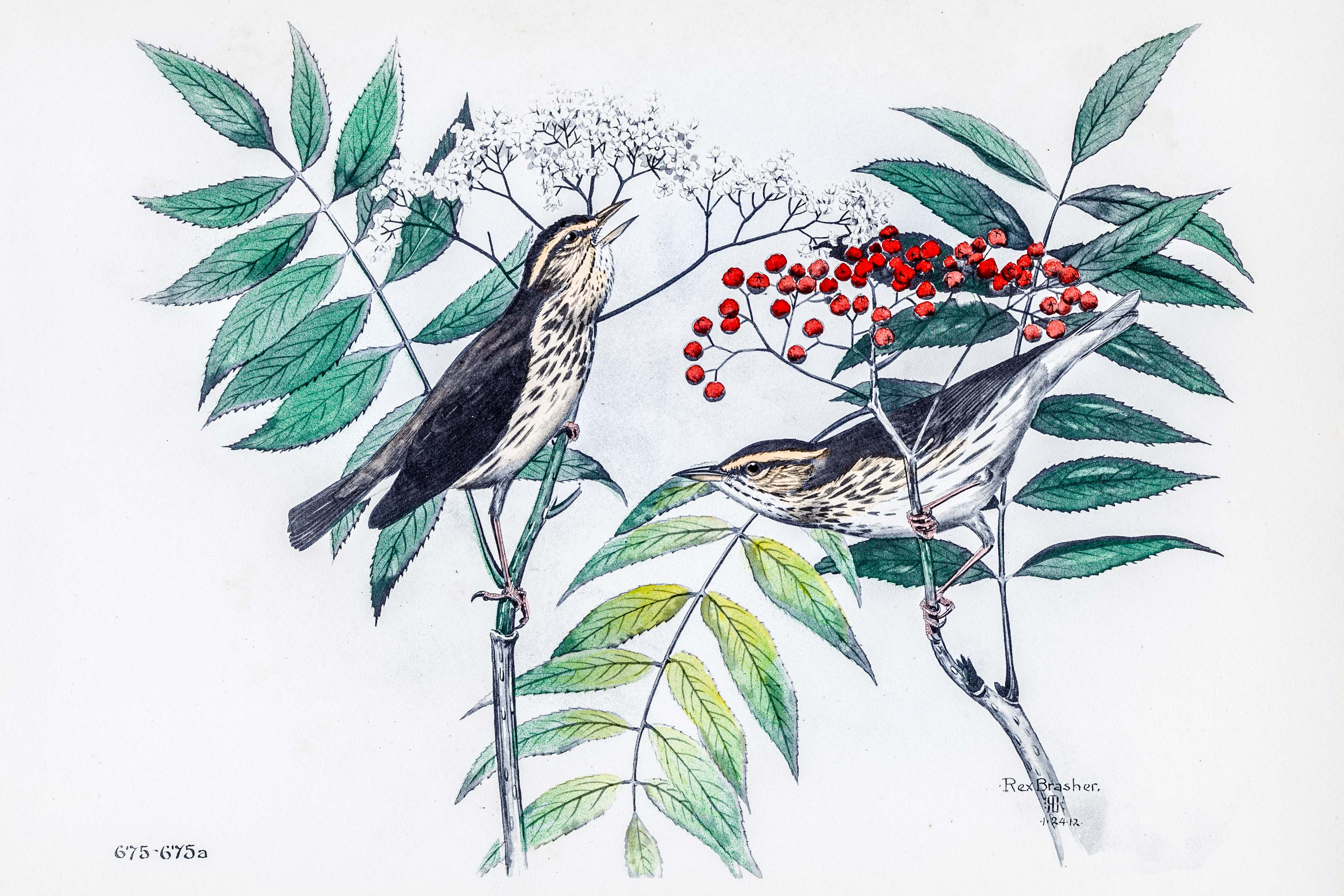

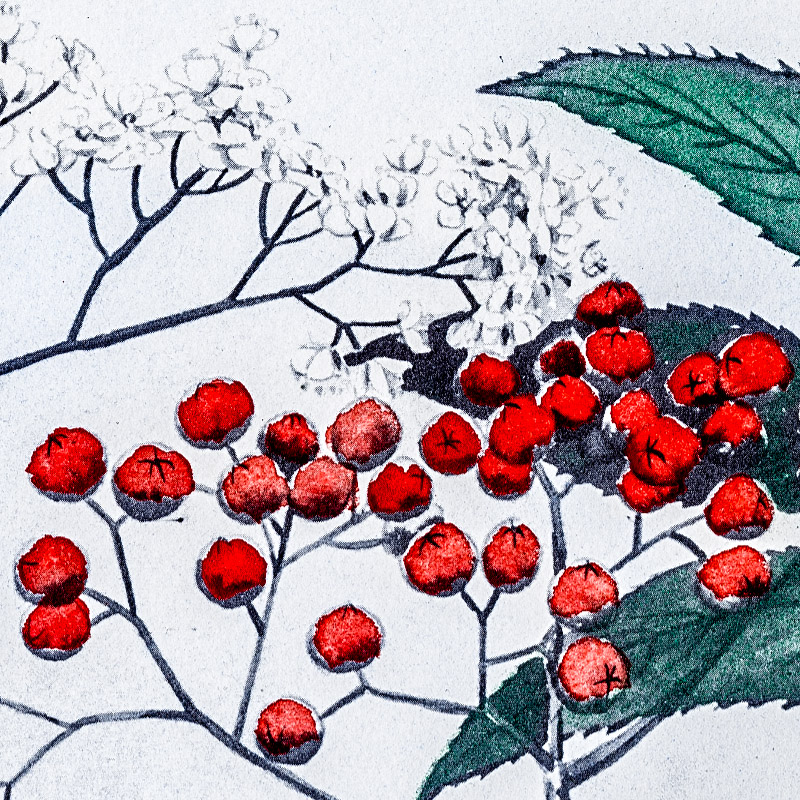
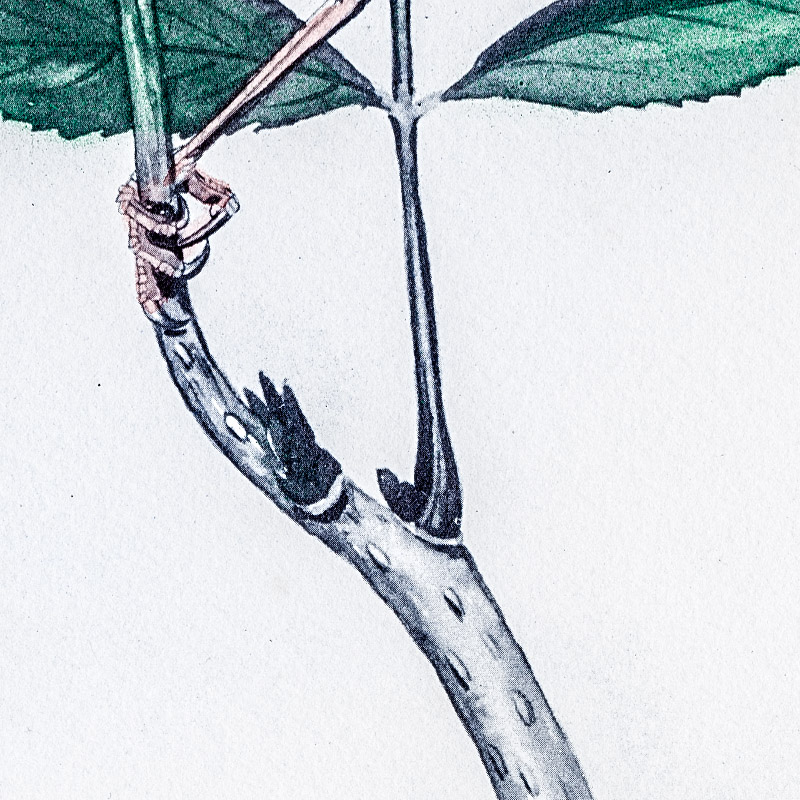
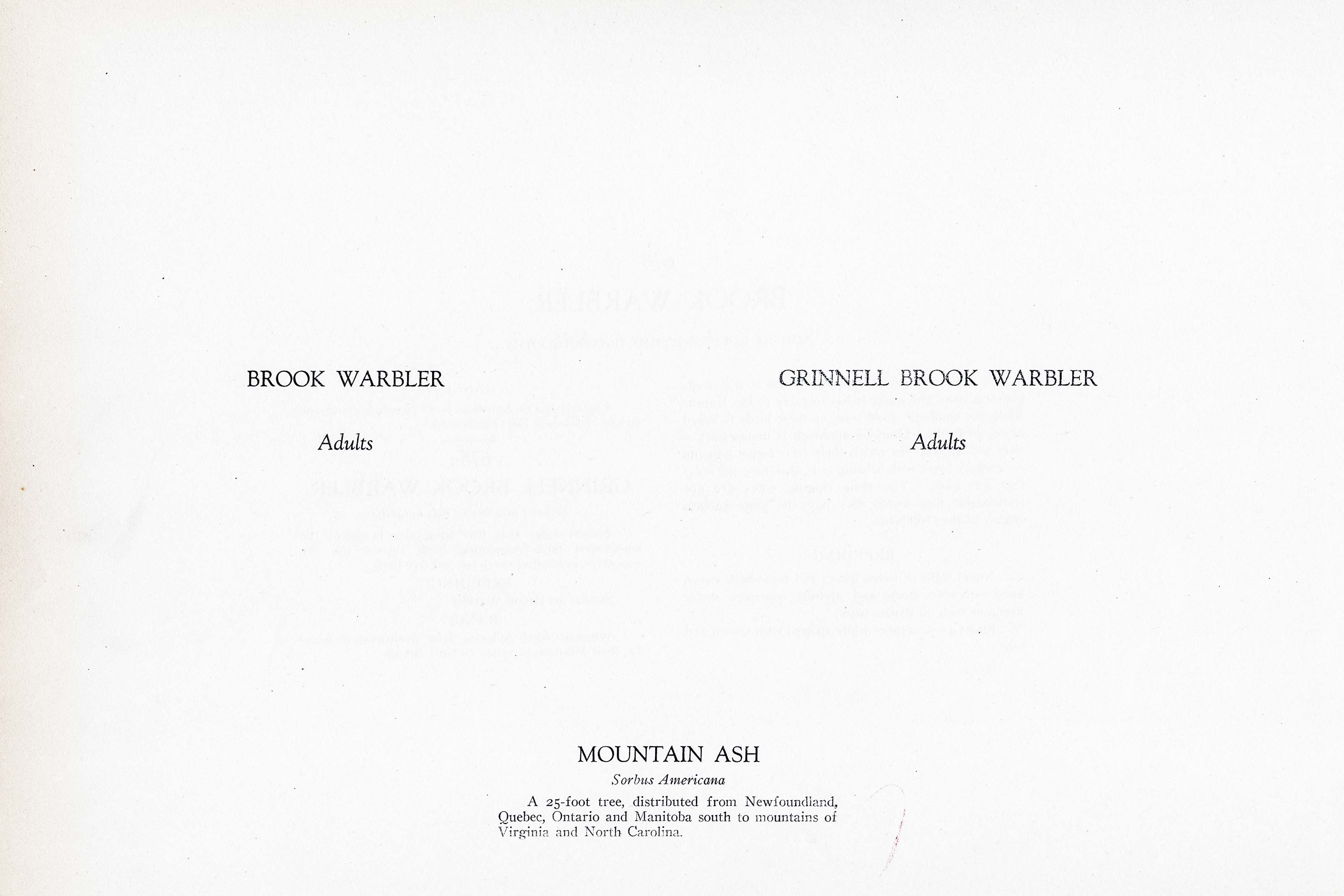
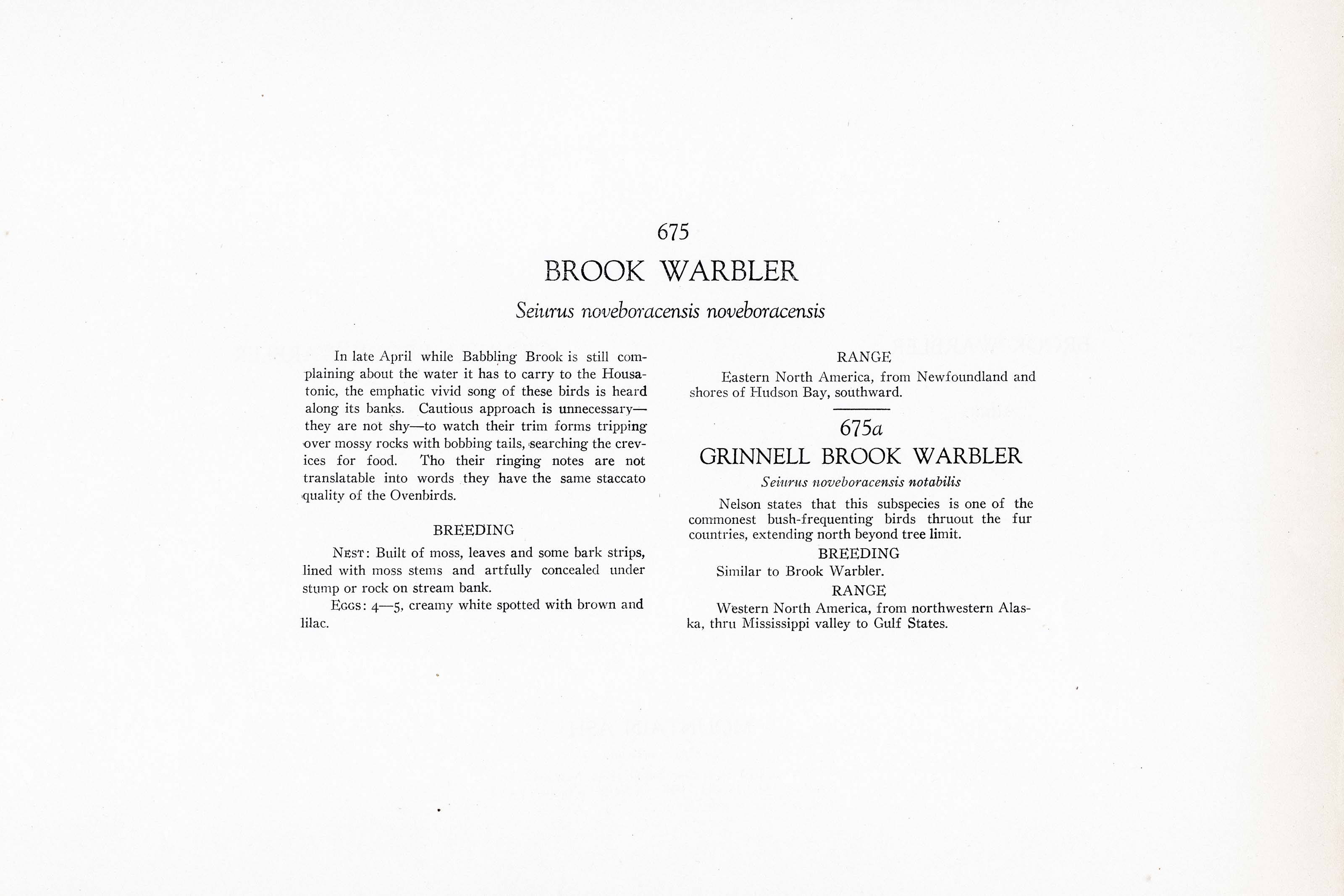

1912
1930
11
675-675a
A team of dedicated board members, volunteers, and student interns has published every page in Volume 9. This volume includes 360 images of paintings and lyrical descriptions of birds, now available online for everyone to enjoy anywhere in the world. This is a monumental task. Each volume requires approximately 400 hours to photograph, edit, transcribe, catalog, and publish online. We need your support to complete this work.
If you're tech-savvy, have a good eye, are meticulous with details, and love structured data, please consider volunteering by emailing us at hello@rexbrasher.org.
We encourage all bird lovers and supporters to consider a monetary donation to support our mission to make Rex's work available for everyone. You can provide a one-time or recurring donation online.
In late April while Babbling Brook is still complaining about the water it has to carry to the Housatonic, the emphatic vivid song of these birds is heard along its banks. Cautious approach is unnecessary — they are not shy — to watch their trim forms tripping over mossy rocks with bobbing tails, searching the crevices for food. Tho their ringing notes are not translatable into words they have the same staccato quality of the Ovenbirds.
NEST: Built of moss, leaves and some bark strips, lined with moss stems and artfully concealed under stump or rock on stream bank.
EGGS: 4–5, creamy white spotted with brown and lilac.
Eastern North America, from Newfoundland and shores of Hudson Bay, southward.
Nelson states that this subspecies is one of the commonest bush-frequenting birds thruout the fur countries, extending north beyond tree limit.
Similar to Brook Warbler.
Western North America, from northwestern Alaska, thru Mississippi valley to Gulf States.
A 25-foot tree, distributed from Newfoundland, Quebec, Ontario and Manitoba south to mountains of Virginia and North Carolina.